It's been a long time coming, with many questions. Switchable phantom power & input jacks? Just buy a better Zoom? The Zoom was never used to record stereo from electret condensers since bootlegging, 8 years ago. The gootube has eliminated any need for bootlegging & any concerts worth it are better shot with the DSLR. Its only line output recordings were from tape. The tape deck needs to be restored, to do that again. There's a lot more information about restoring tape decks than 8 years ago & the need to do it. Perhaps switchable input modes are important. The connector style & phantom power would be changed with molex connectors & jumpers.
The PCM4222 is sort of a pain because it requires an antialiasing filter outside the chip & an external DAC for monitoring. Not sure the guys building ultimate recorders out of them are getting any better results from them, because the noise from the slightest analog chain knocks it down below 14 bits. They never ever show a waveform of a biased DC offset captured by them.
Beyond a certain point, it's easier just to invest in a better Zoom. The H2 from 8 years ago was always a piece of junk. There are better Zooms, for a price, but for the limited applications, it's not worth the price.
Reviewers are loath to ever stress test their gear because they can forget about ever selling it, but in here
https://www.youtube.com/watch?v=TjPbv...
there was a brief segment where he turned the gain to 0 & recorded the self noise of his Zoom H6. Tried an unscientific comparison with the homemade audio recorder also at gain 0. In both cases, there's enough gain at 0 to barely hear a voice. The homemade gain 0 could be much lower than the Zoom gain 0, but the voice is equally unintelligible in both. Wouldn't expect much from the Zoom H6 because it's a prosumer product.
 lion mclionhead
lion mclionhead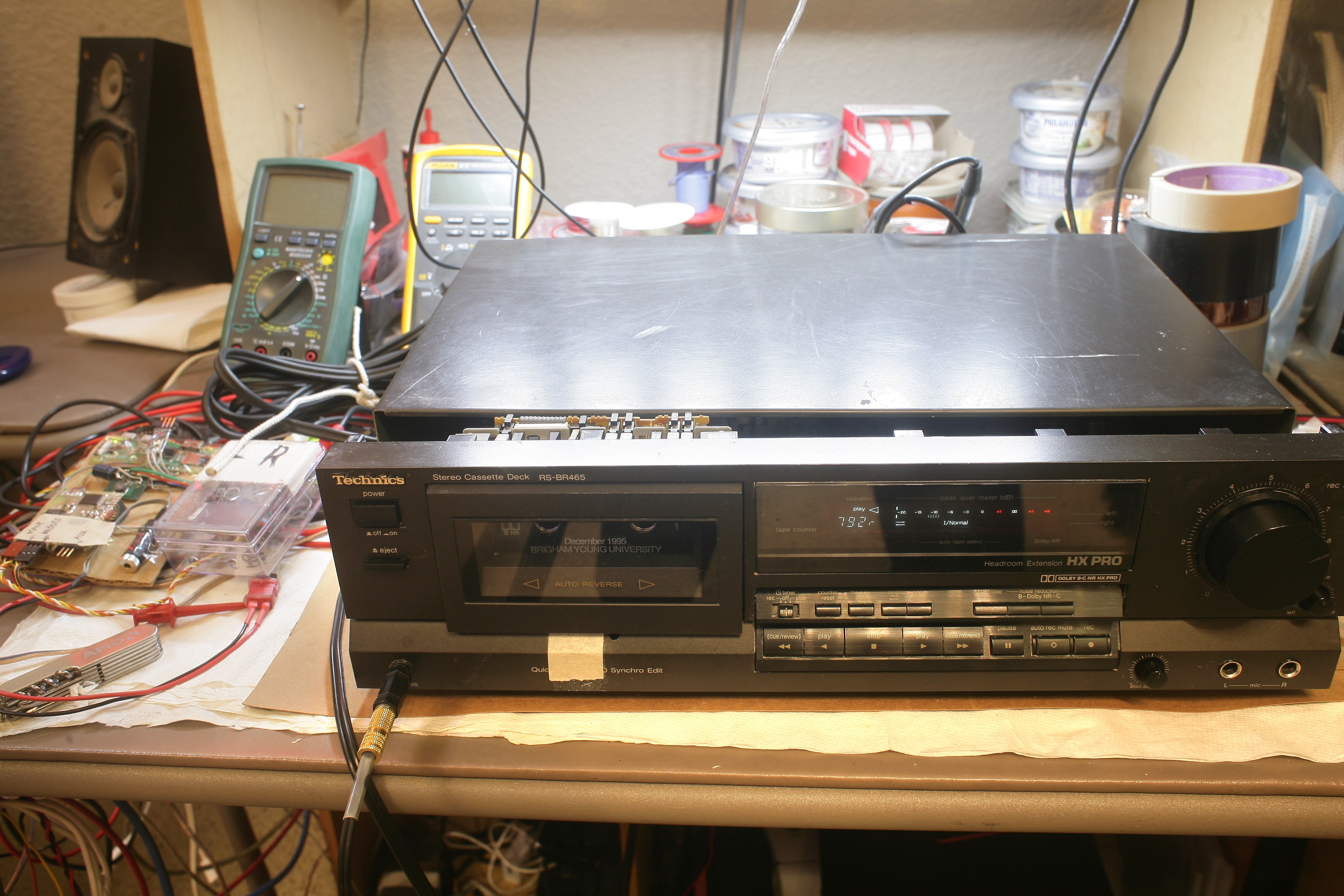
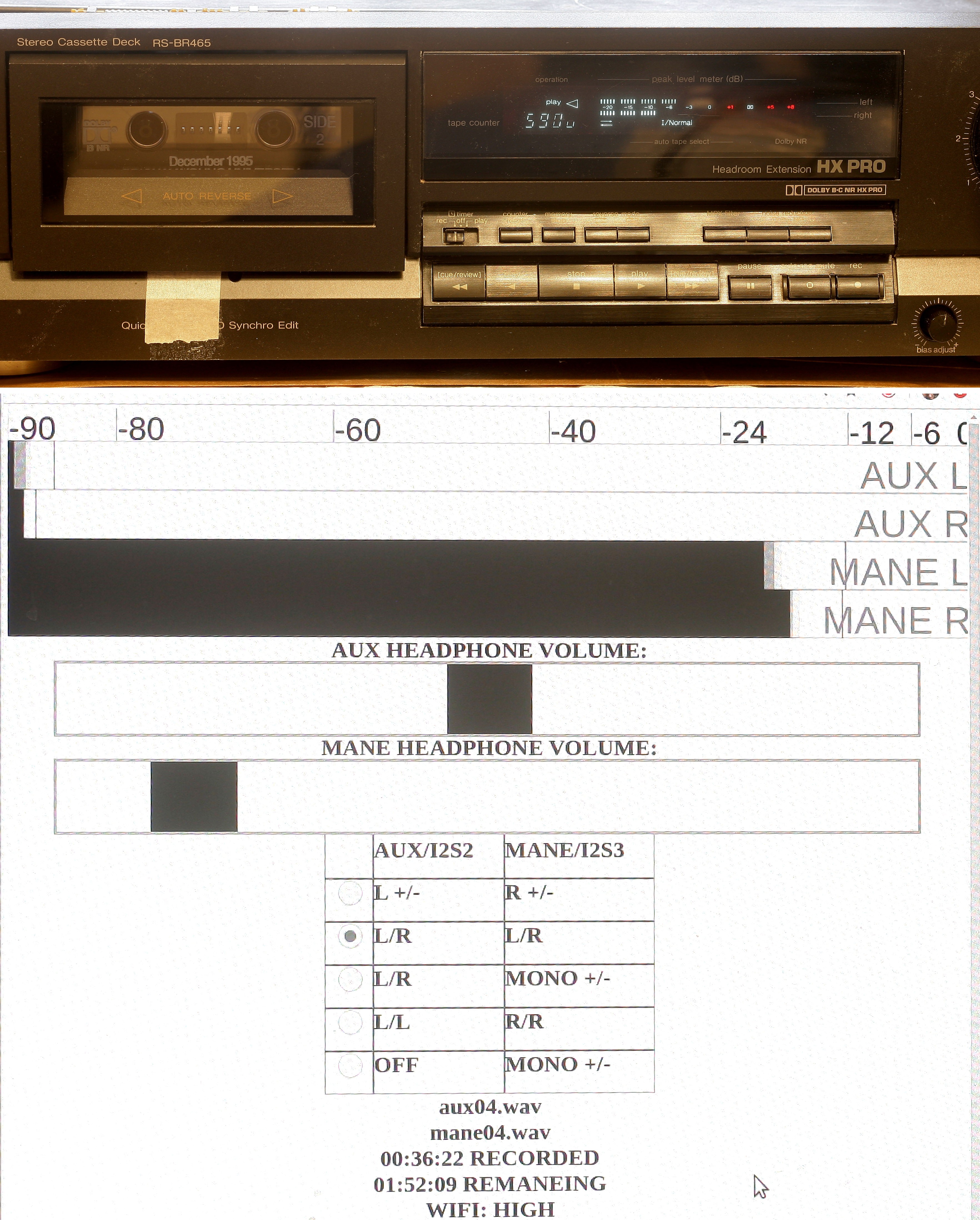
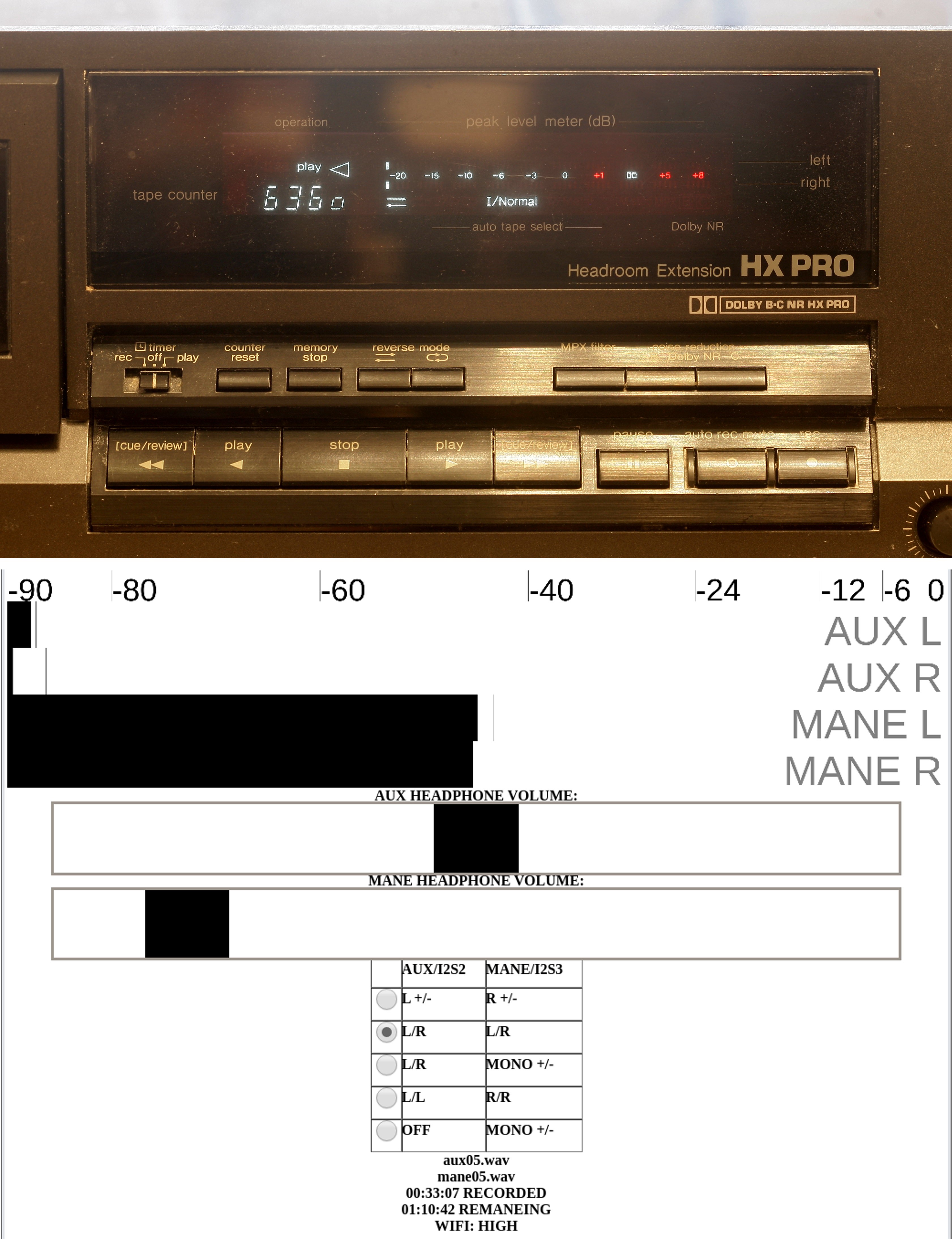
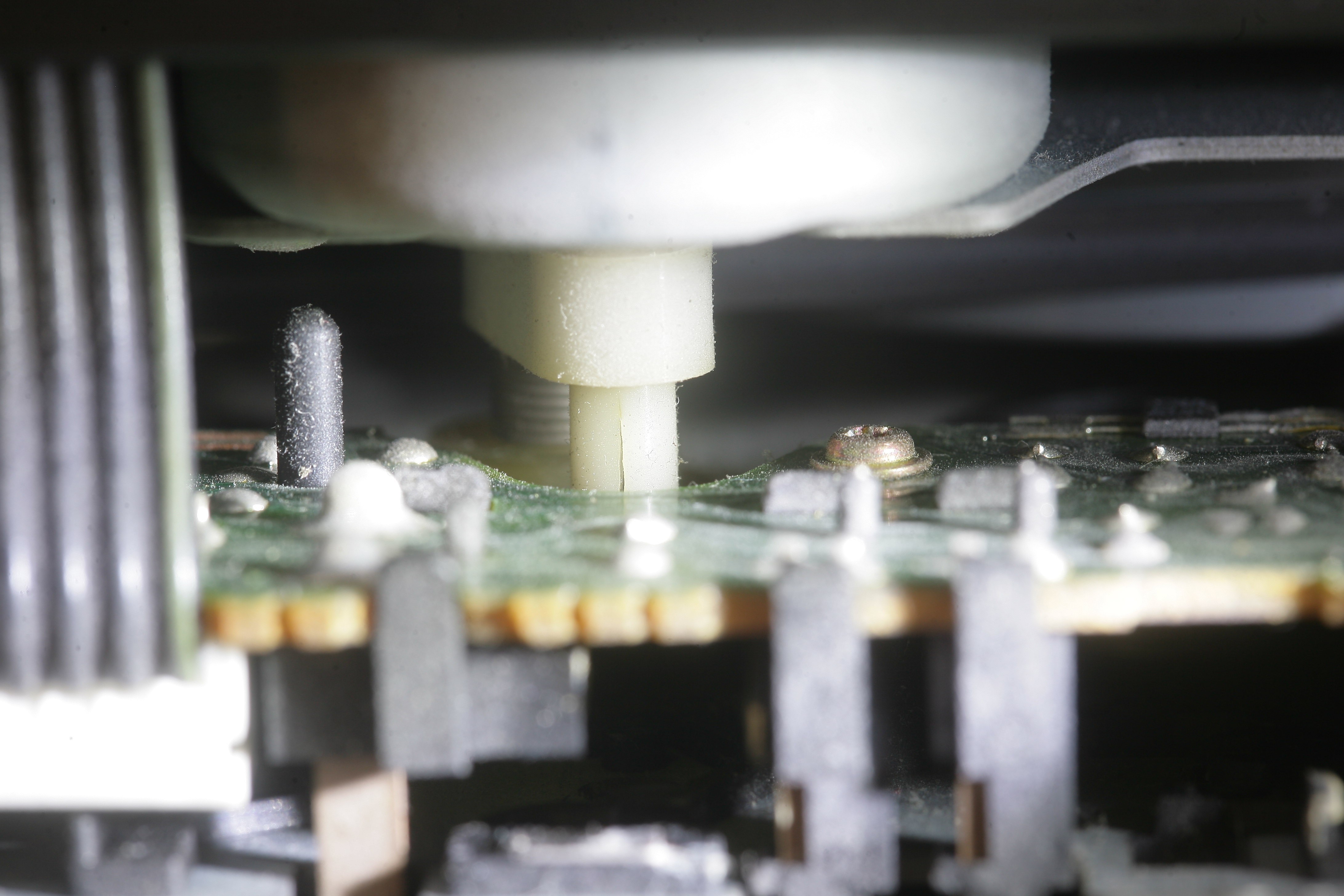
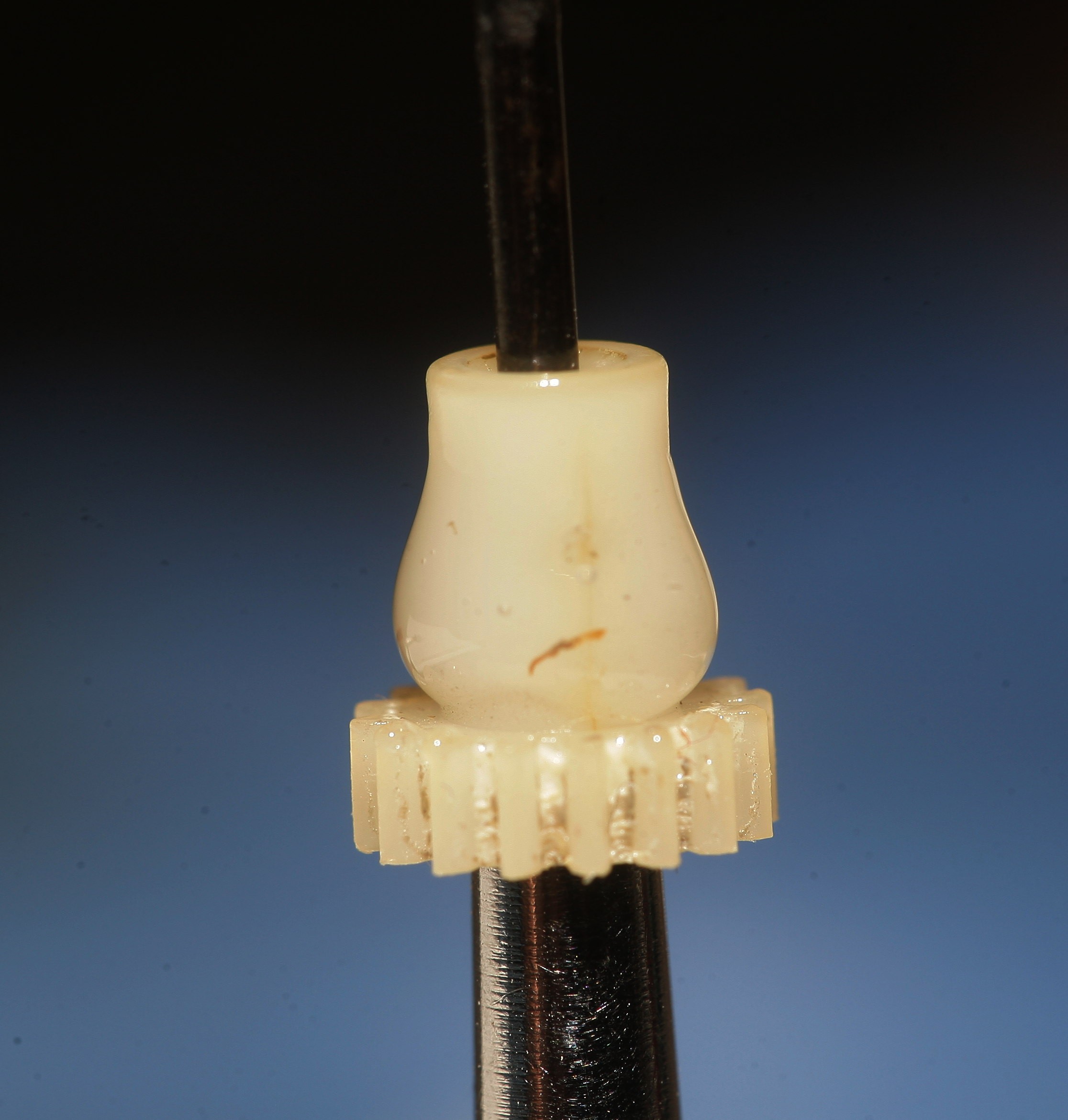
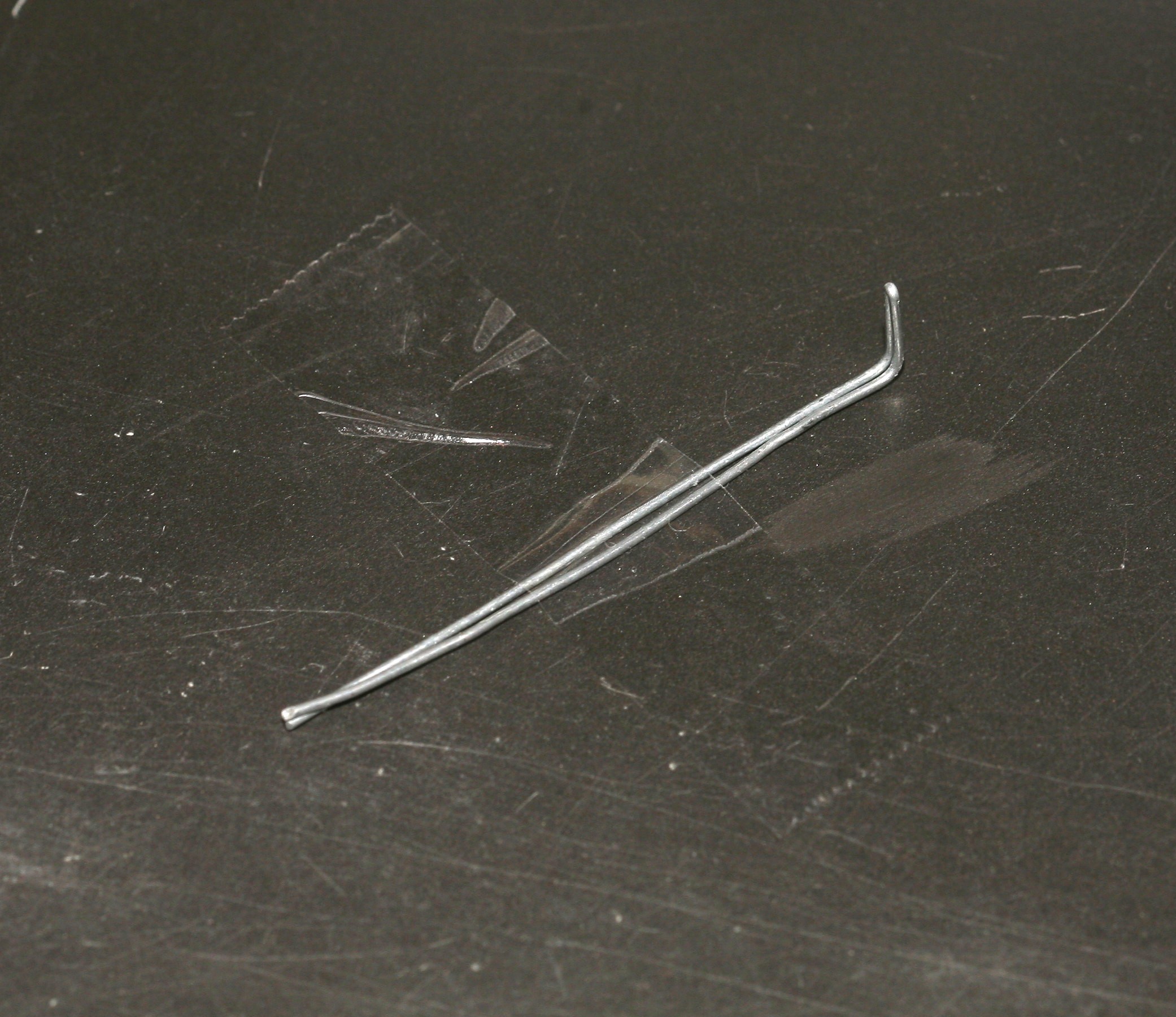
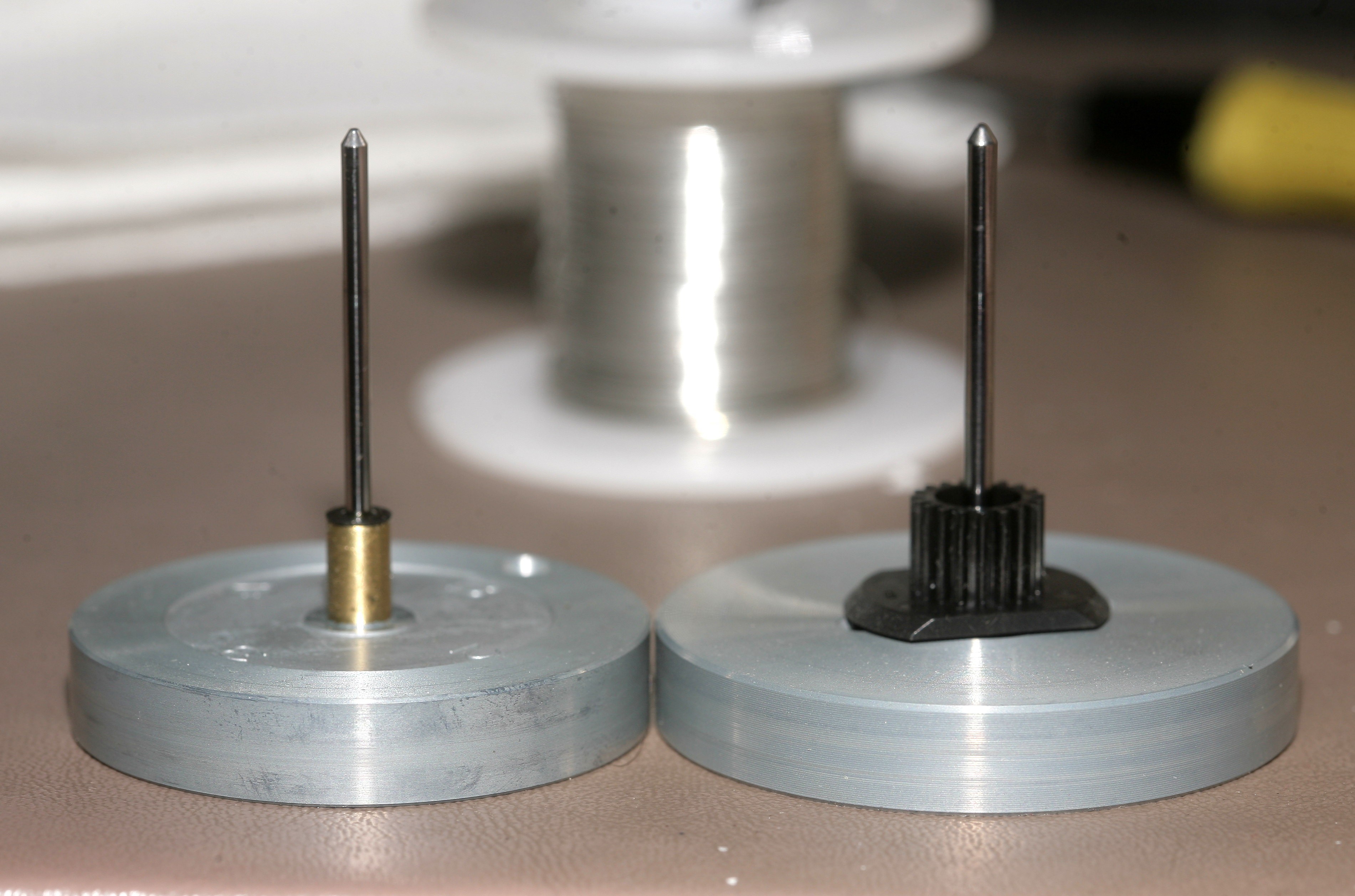
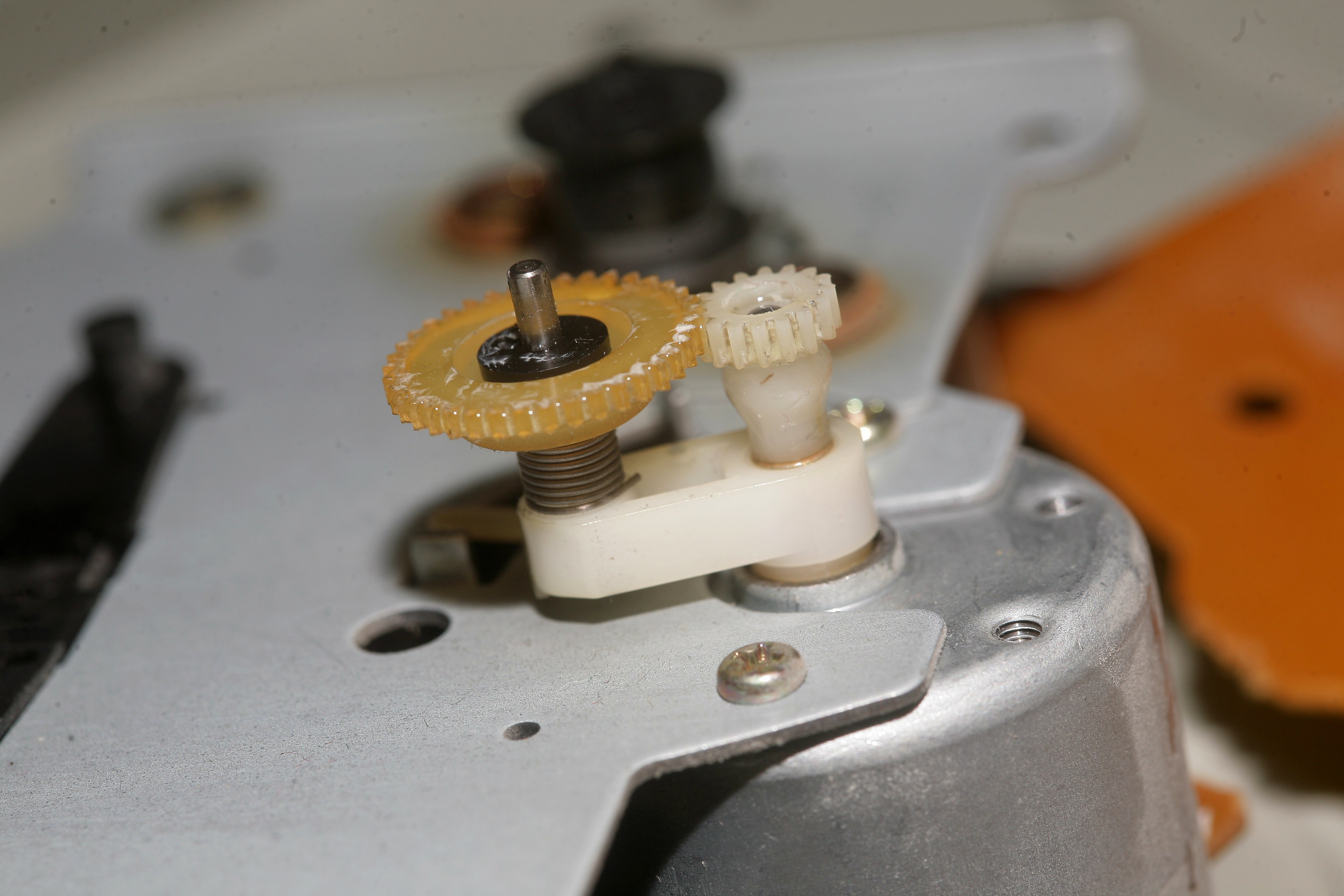
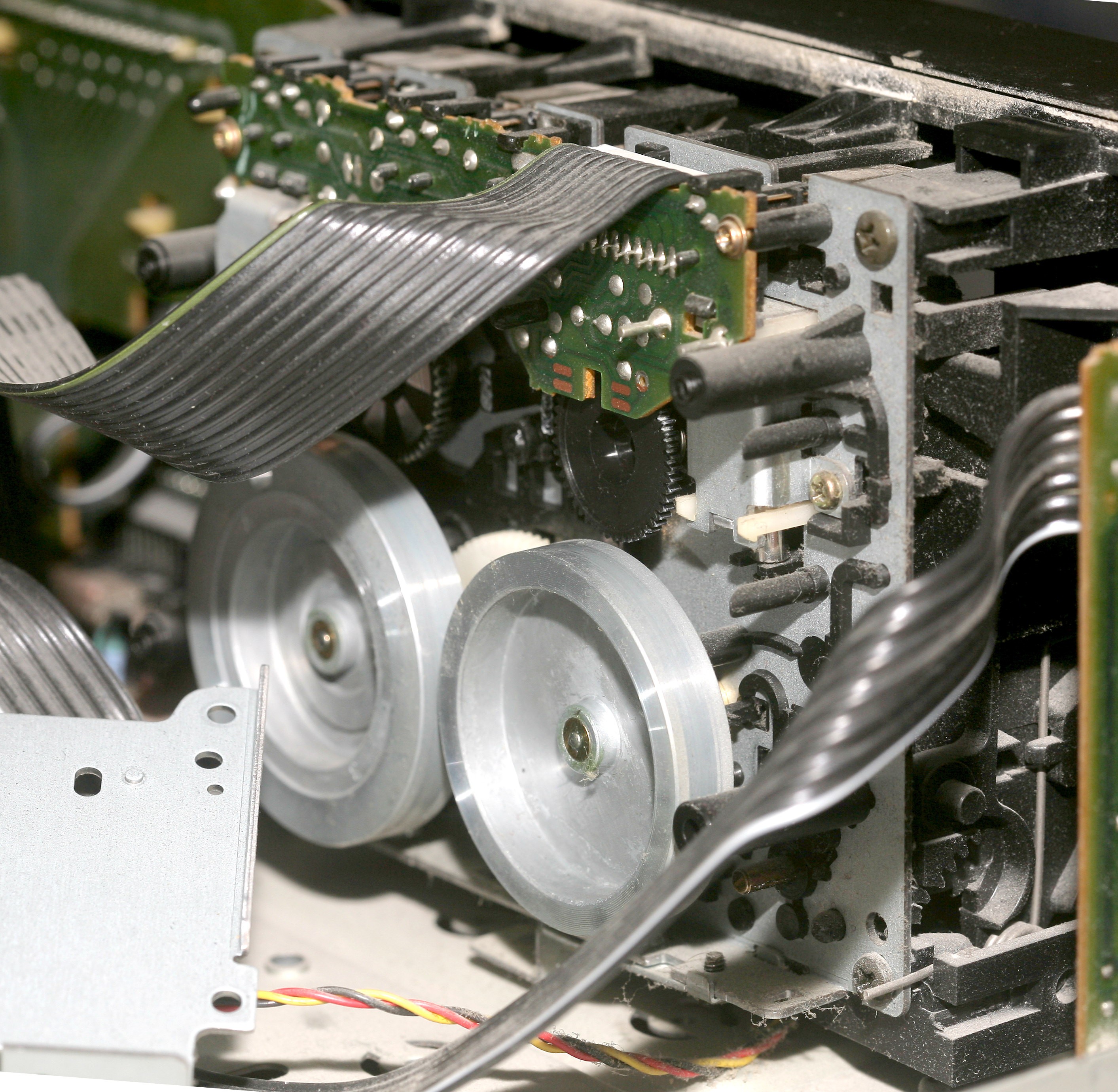
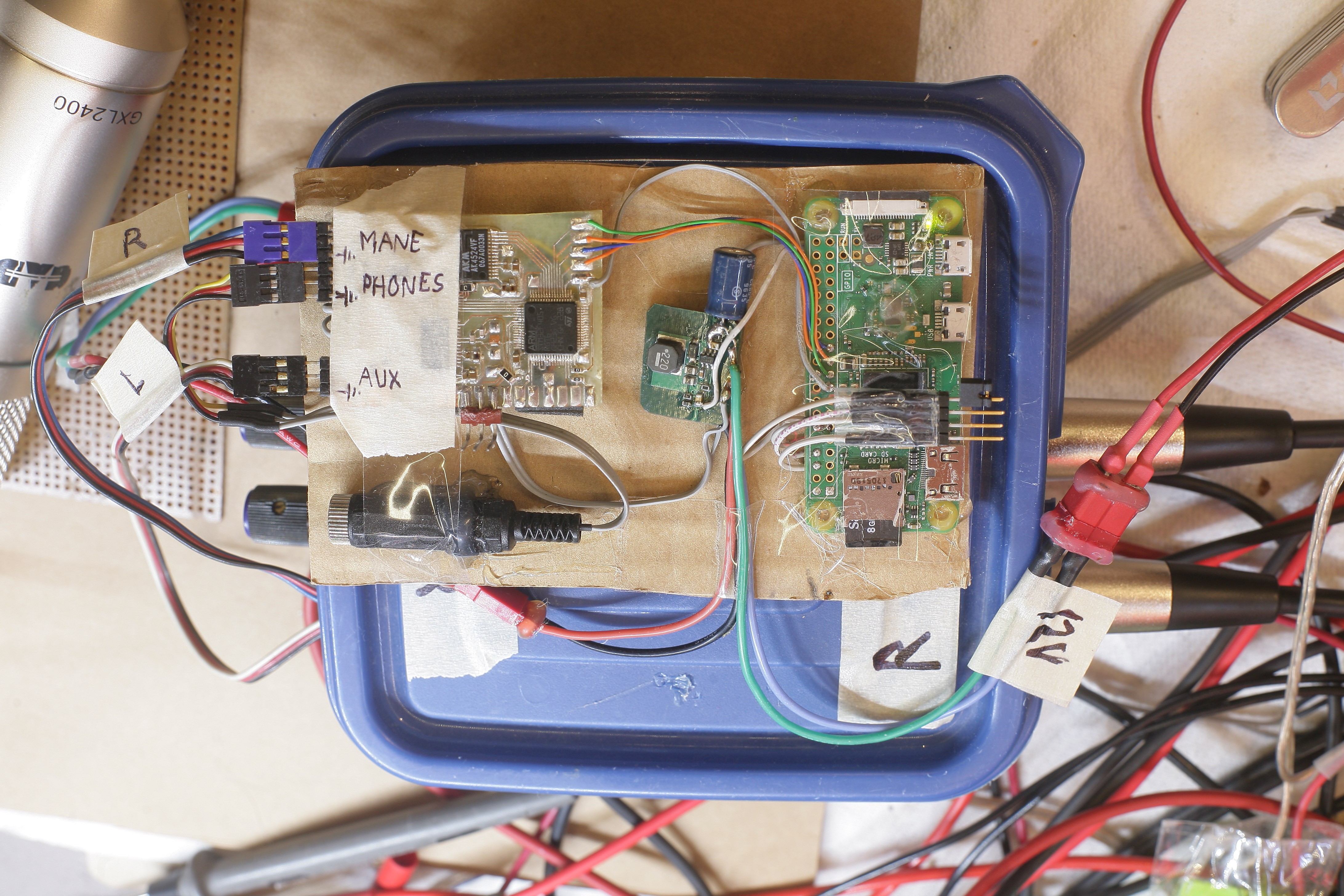
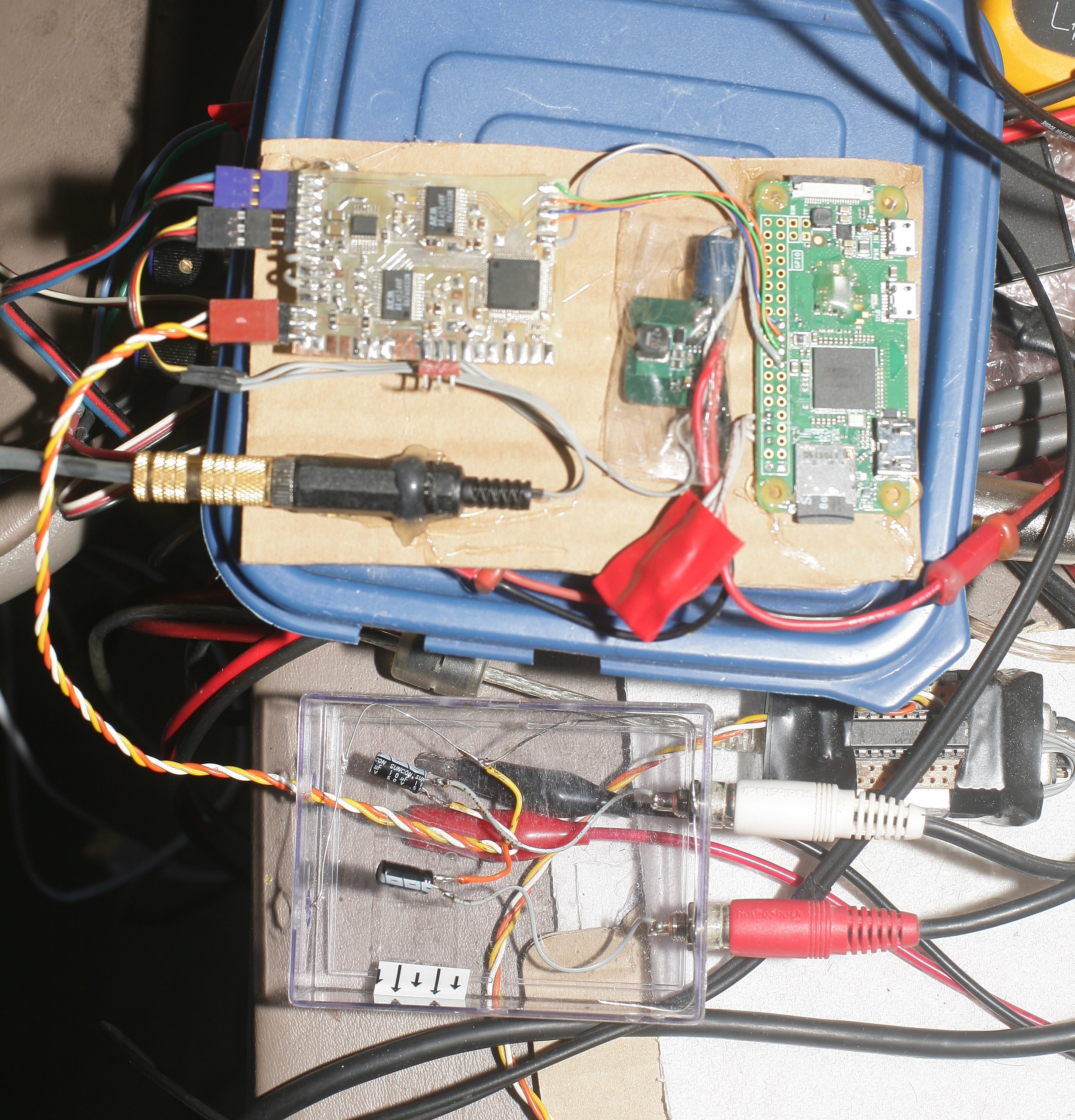
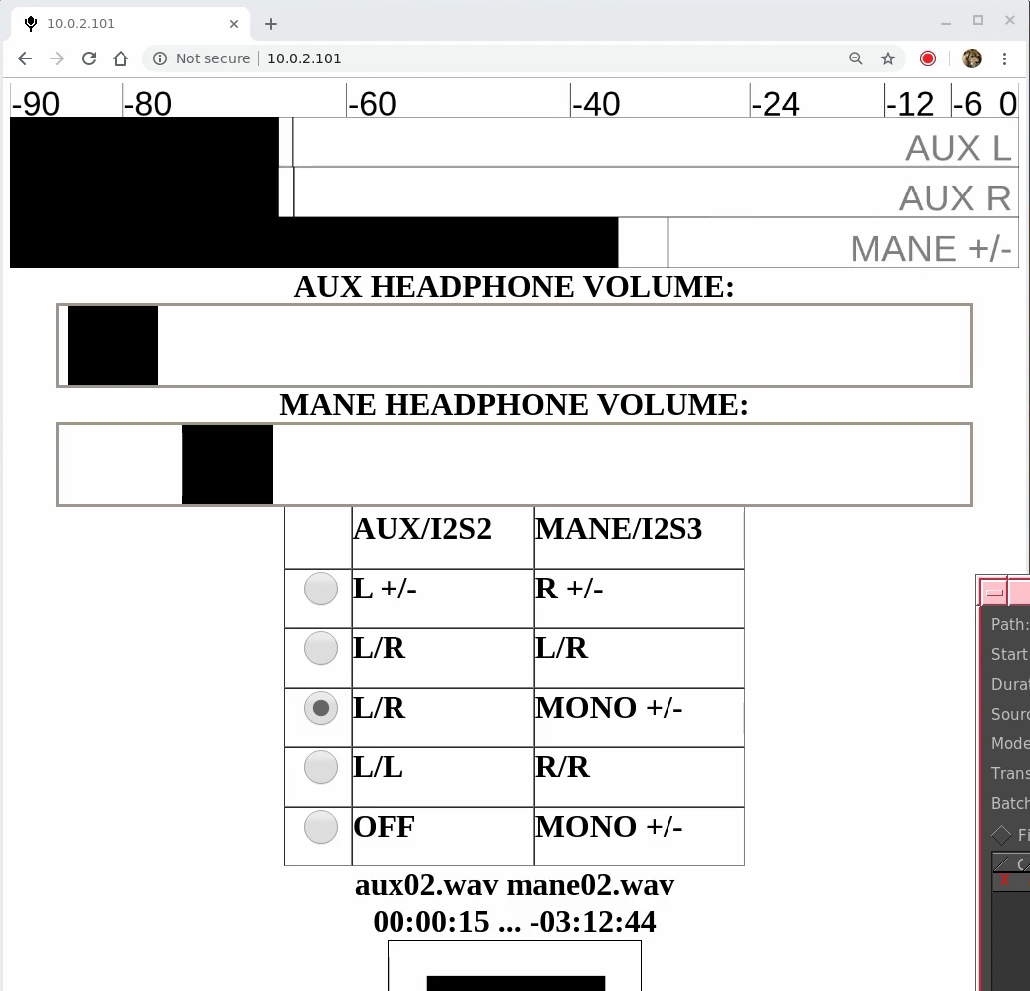
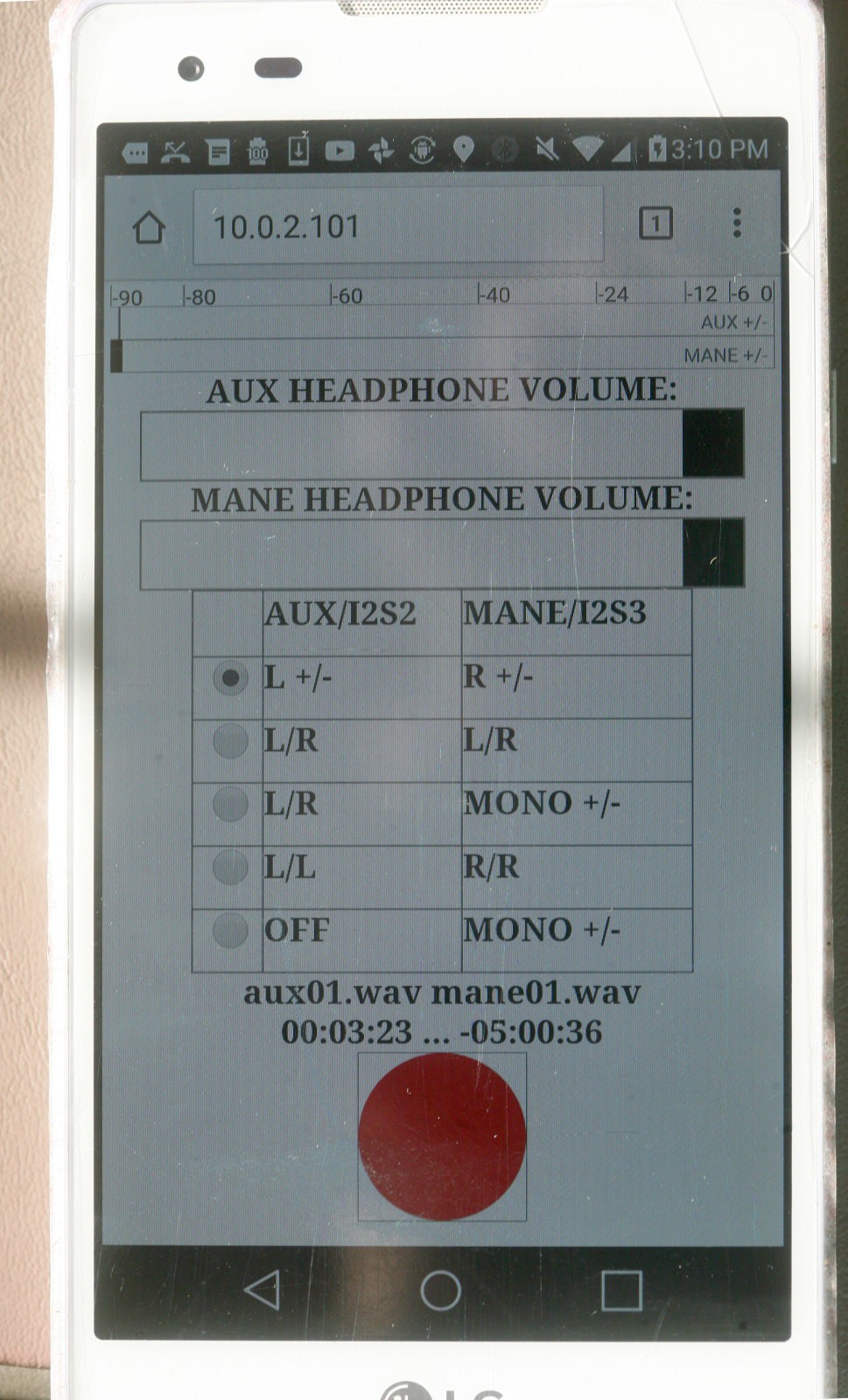
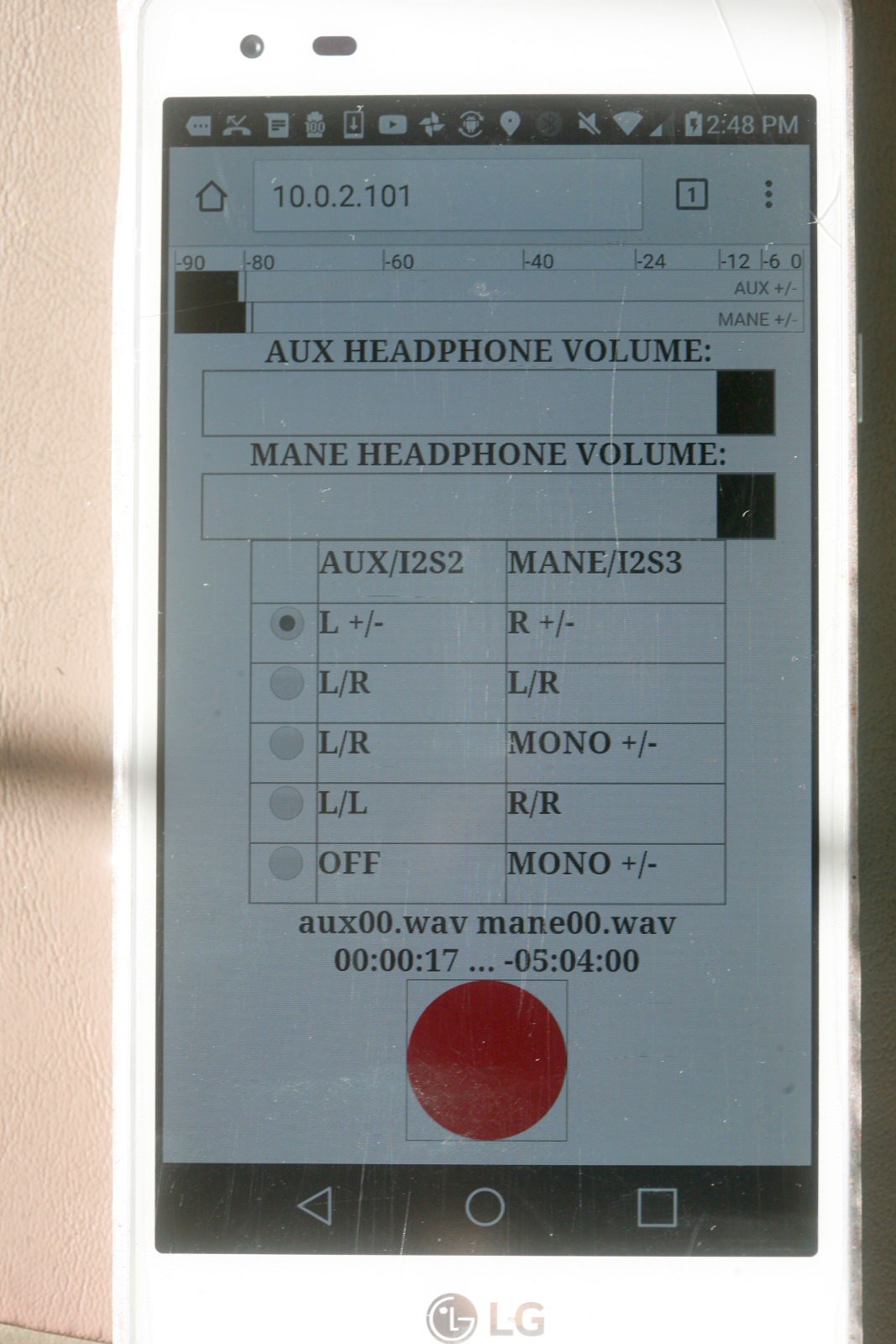
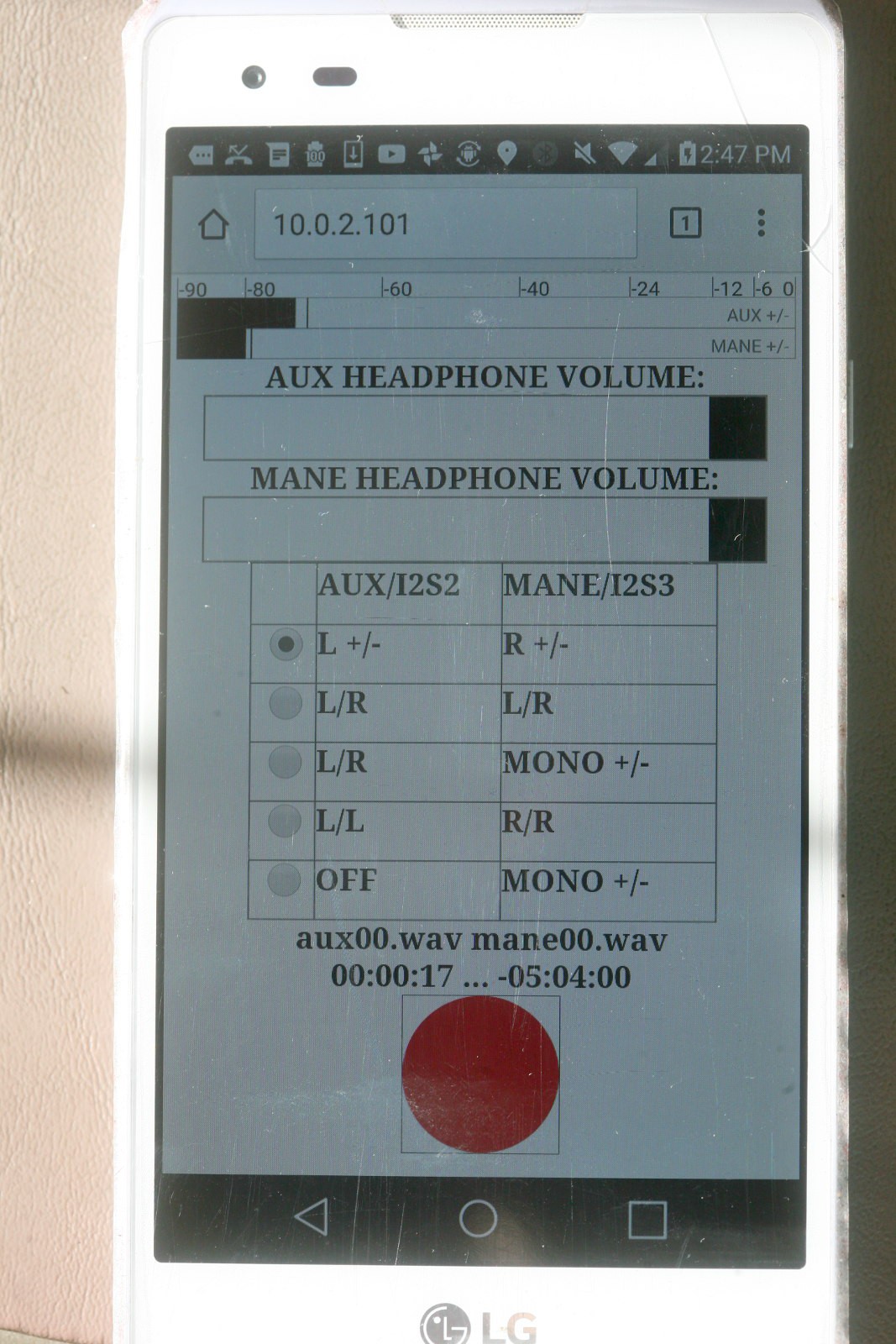
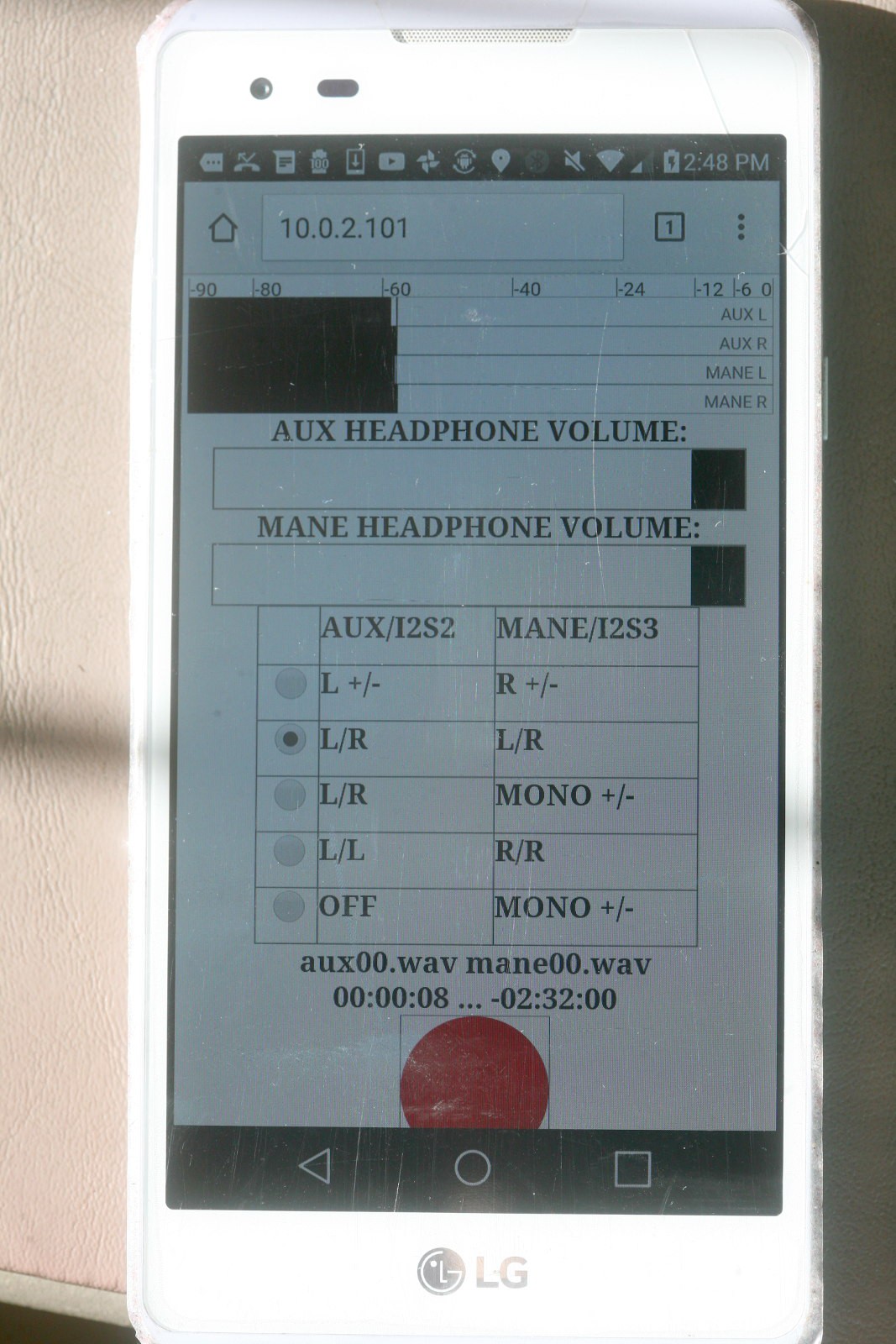
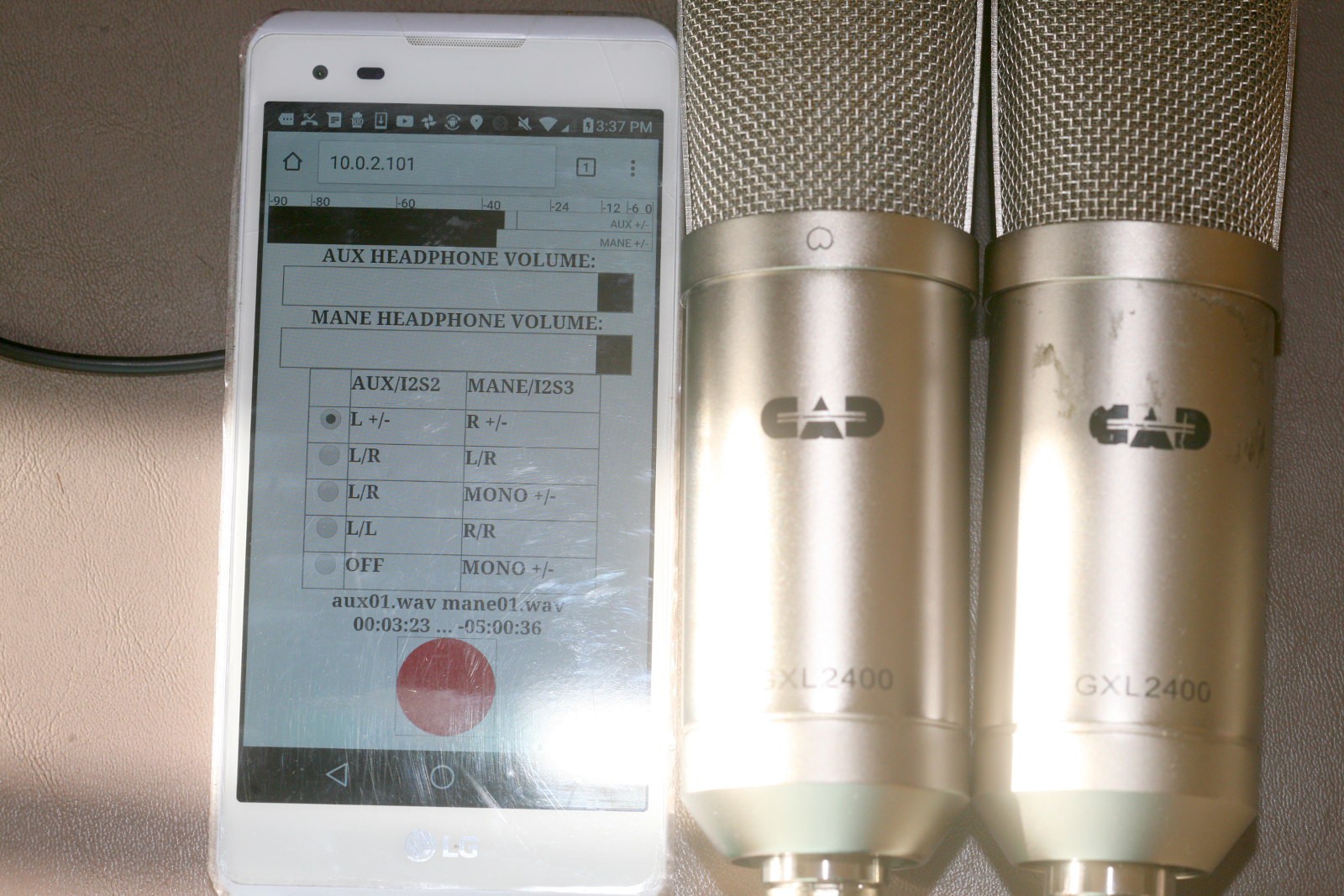
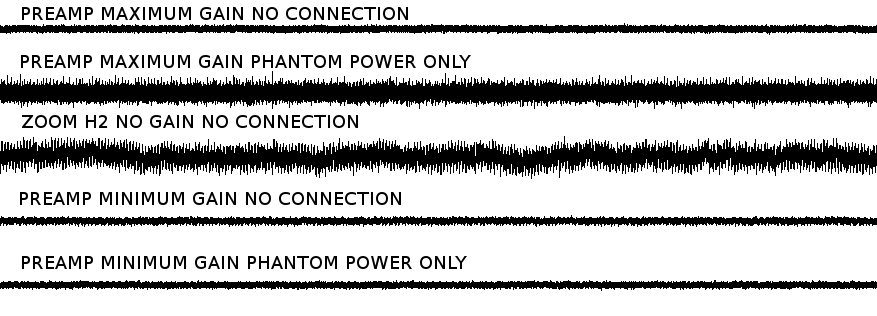
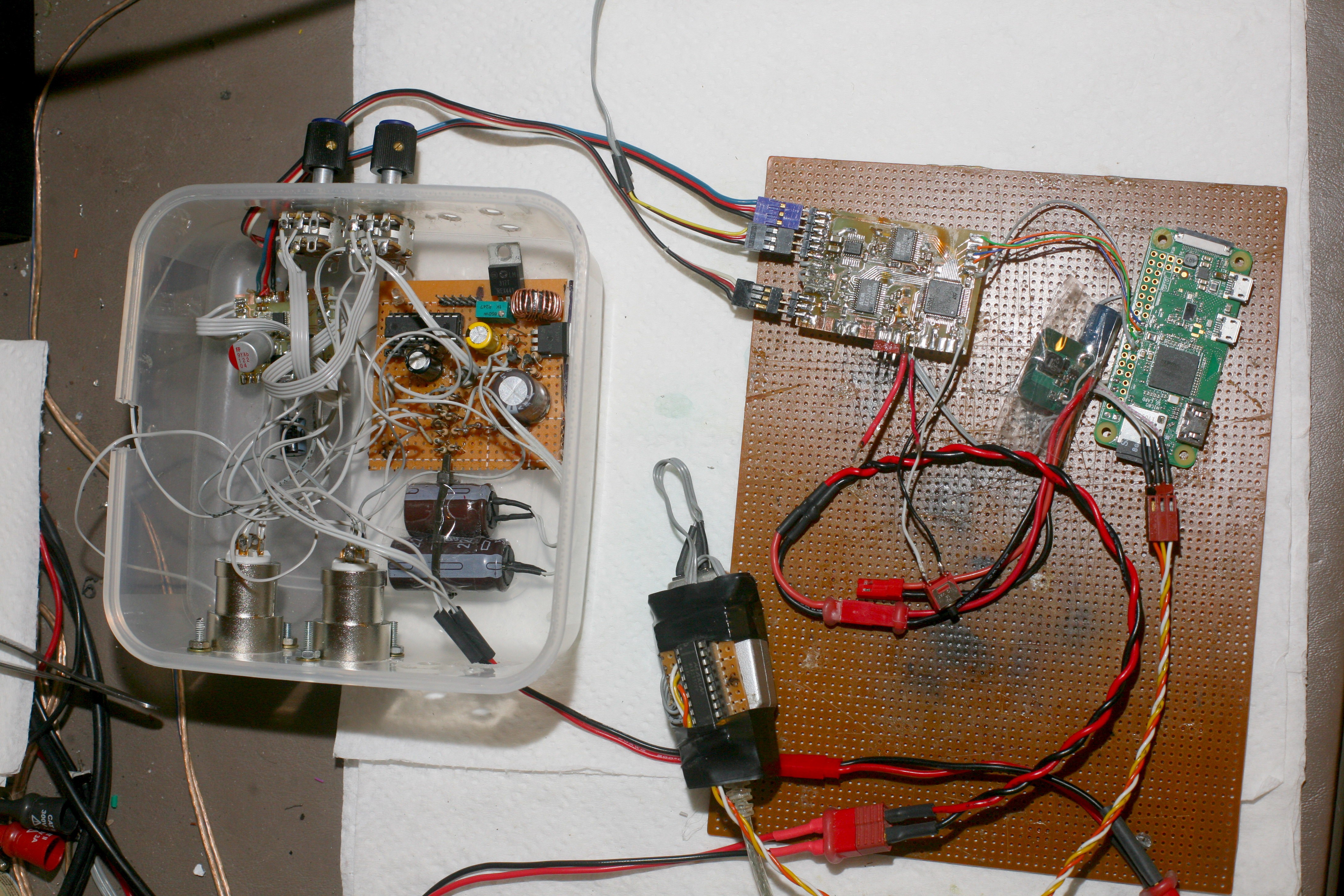

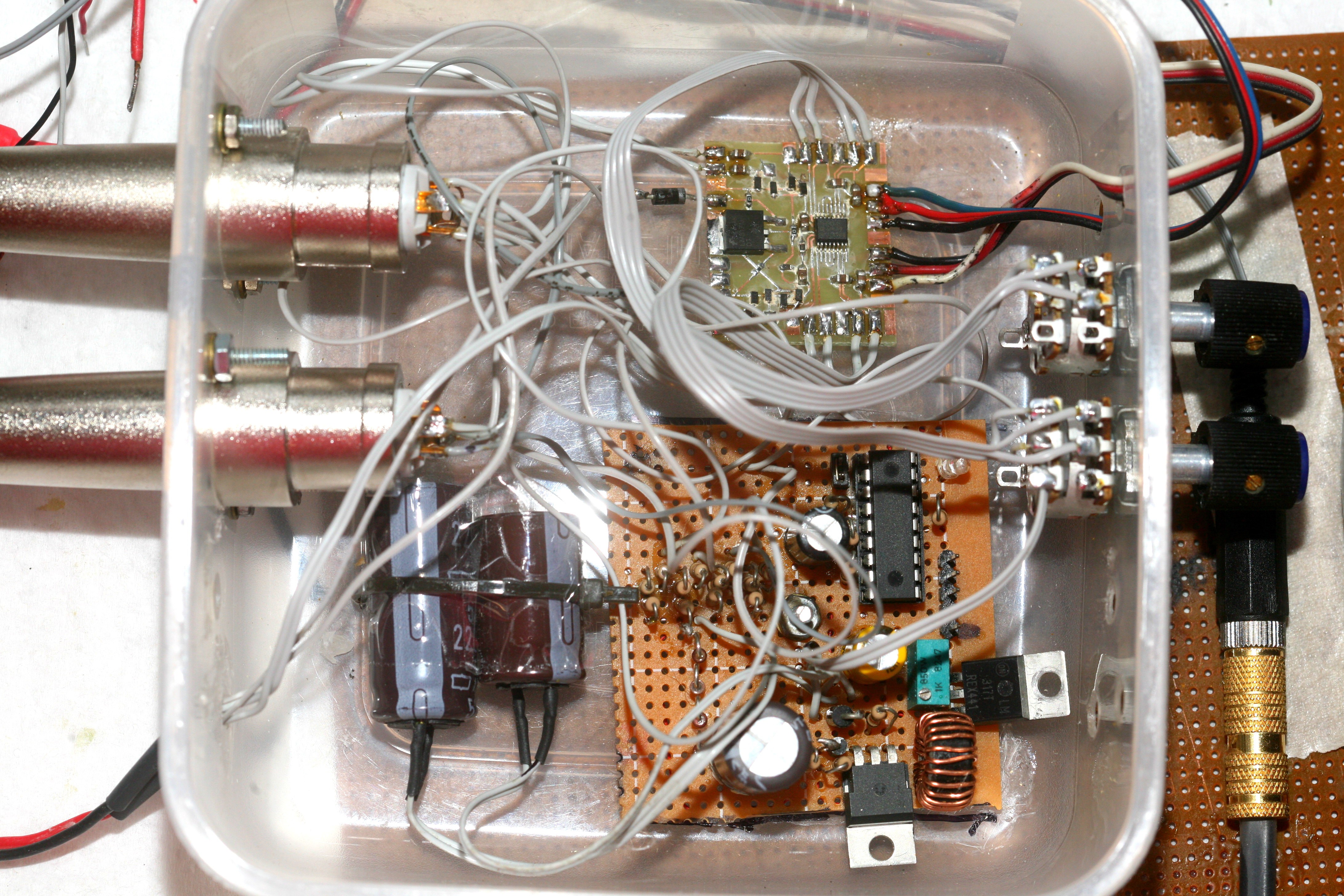
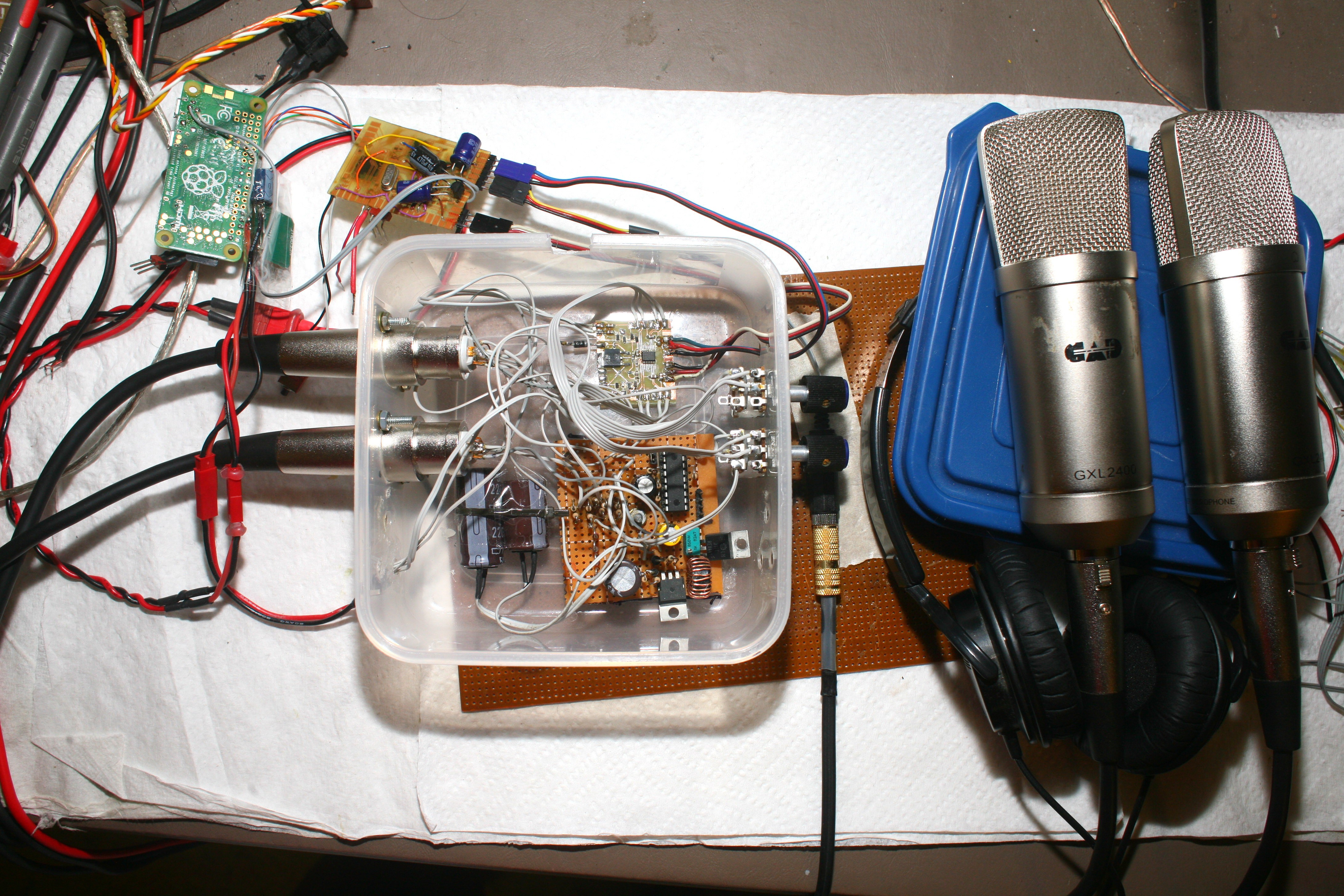

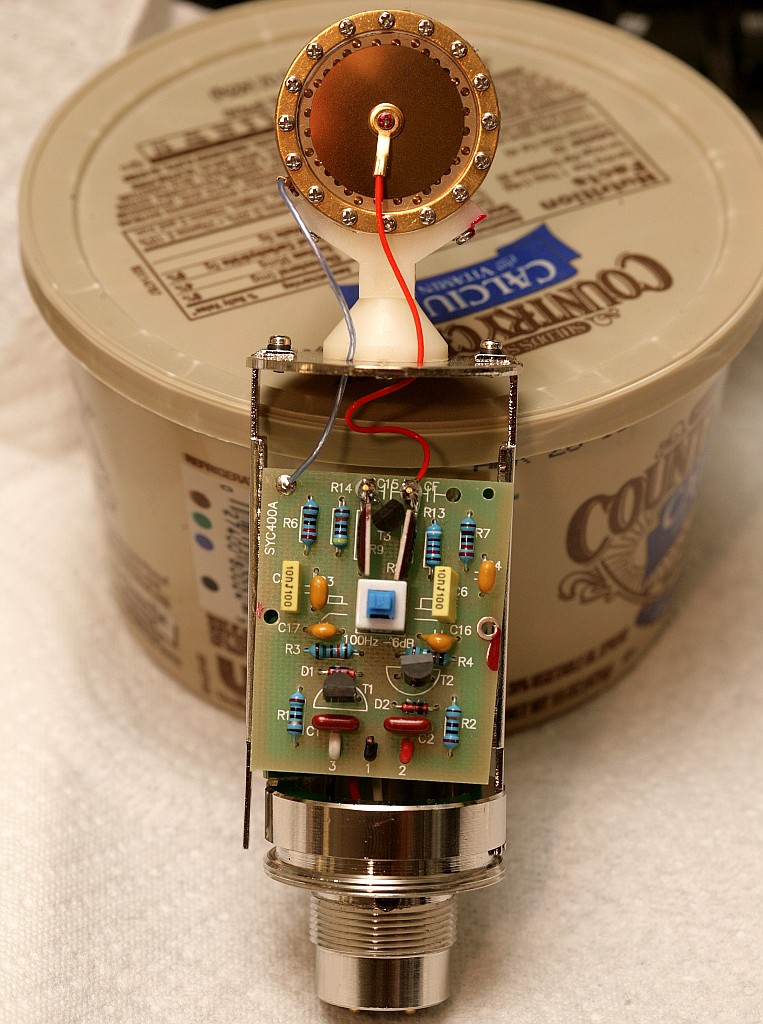


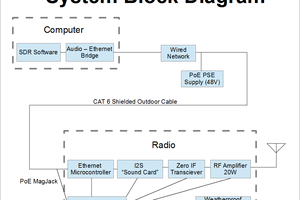
 W5VO
W5VO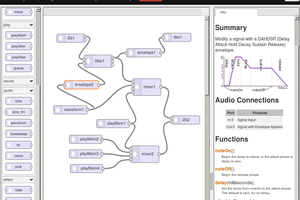
 Paul Stoffregen
Paul Stoffregen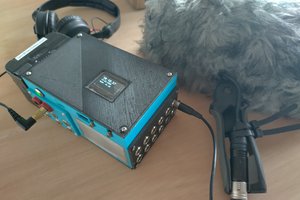
 ben biles
ben biles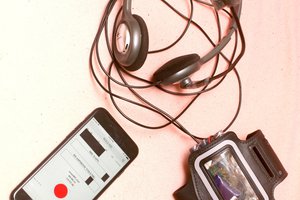
Hi there, very interesting project !
We do have our own field recorder idea/project called RecRack that aims to create an hardware to be (transparently) interposed between performers and stage/PA technicians in order to capture the purest possible audio sources of live shows.
We strongly believe that collaborations between open projects can benefit their evolution, so we suggest you establish some relationship with this cool project:
https://hackaday.io/project/7041-multichannel-audio-dsp-field-mixer-recorder
We do also suggest you to keep in touch with this multichannel open hardware audio sound card project: https://github.com/introlab/16SoundsUSB
Last but not least, we've collected similar open projects (your too) in this list:
https://hackaday.io/list/164050-recrack-projects